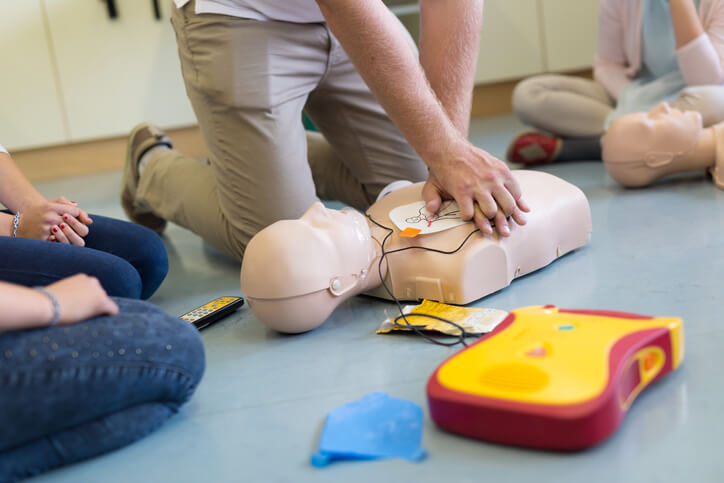Modern, fully equipped ambulances with well-trained paramedics are marvels, providing services that save lives and maintain seriously injured or ailing patients’ status before they reach an appropriate medical facility. But that goal is only achieved when technicians aboard the ambulance practice safe procedures.























